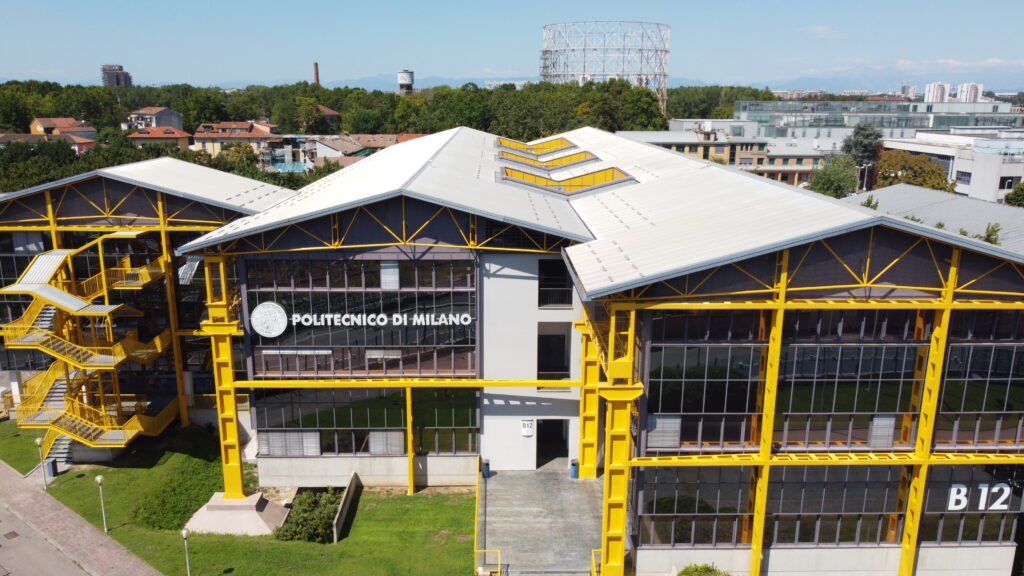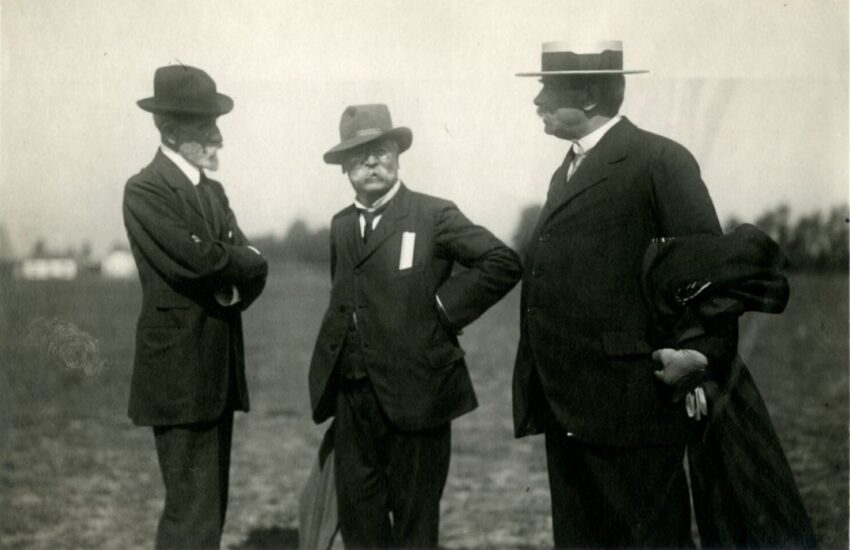The dream of flying over Milanese traffic could become a reality by 2026, when Milan will host the Winter Olympics. A project for a network of vertiports in the Milan area is currently under study, “airports” forthe ‘eVtol’, electric vehicles that are a cross between an aircraft and a helicopter, similar to drones but larger and capable of vertical take off and landing (eVtol stands for ‘electric Vertical Take-off and Landing’). Yes, flying taxis are on the way.
But passion and fascination for flight goes back a long way, and the first helicopter, the original vertical take-off and landing craft, was the brilliant idea of a young Enrico Forlanini, the engineer and aeronaut who designed it between 1875 and 1877, partly thanks to what he learned while studying at Politecnico di Milano.
Forlanini came to Milan from Turin and enrolled at what was then called the Regio Istituto Tecnico Superiore—today’s Politecnico—in 1874, one of 198 engineers and architects studying there. Here he studied Industrial Engineering, a course that at the time had 48 students, but he attended only part of the second year and all of the third, graduating on 7 September 1875.
I had set out to build a steam-powered machine that, by rotating its propellers, could rise freely in flight….
Enrico Forlanini
His prototype of an experimental helicopter, which was publicly presented at the Giardini Pubblici in Milan, was steam-powered and comprised elastic bands that held two counter-rotating propellers. It was then the first heavier-than-air craft to take flight and it did so for 20 seconds, reaching a height of 12.80 metres, without a pilot. A fundamental page in the history of aeronautics was written that day.
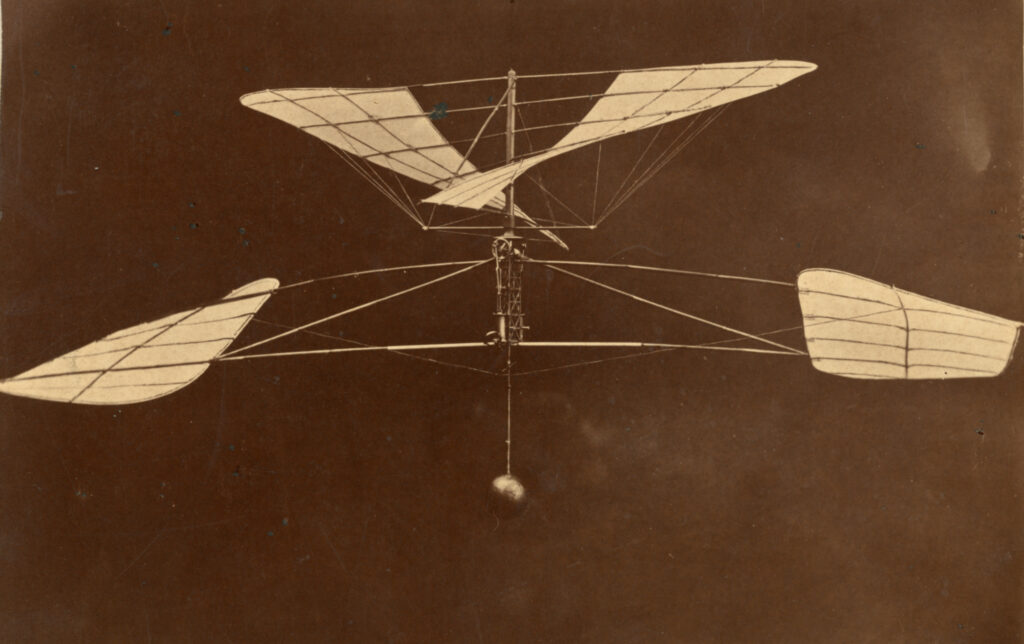
Shortly afterwards, in 1878, Forlanini moved to Forlì where he managed the Società Anonima Forlivese for gas lighting and for the iron foundry. Under his direction, the company established itself and was renamed Officine Forlì. Here he made various innovations, ranging from lighting systems—an acetylene generator—to mechanics, with design of a new model of threshing machine.
His work at Forlì did not, however, diminish his interest in flying and, in a pioneering manner, Forlanini designed the airships that would make him so famous. The first was the Leonardo da Vinci, which he flew for the first time over Milan on 5 December 1909. It was 40 metres long, with a diameter of 14 metres, a hundred horsepower engine and a cockpit that was not suspended but attached to the top. For an hour and twenty minutes, the whole city was mesmerised, eyes skyward as they watched this ‘great silver fish’. From then on Forlanini designed numerous airships: F.1, 2, … up to F.6, which was destined for passenger transport in 1919.
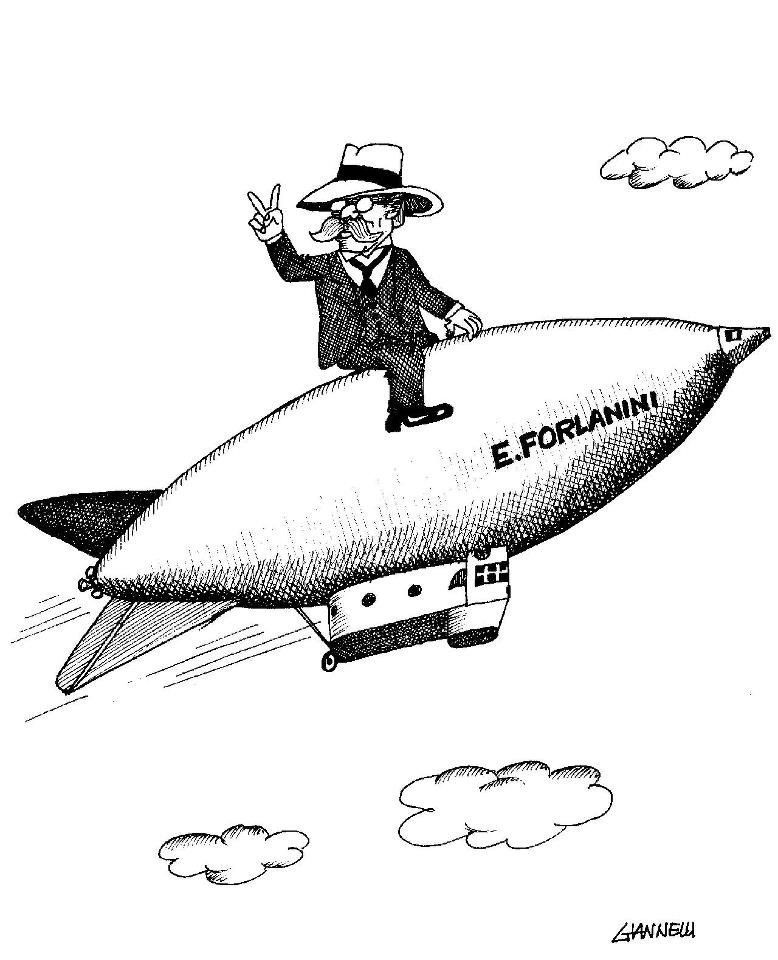
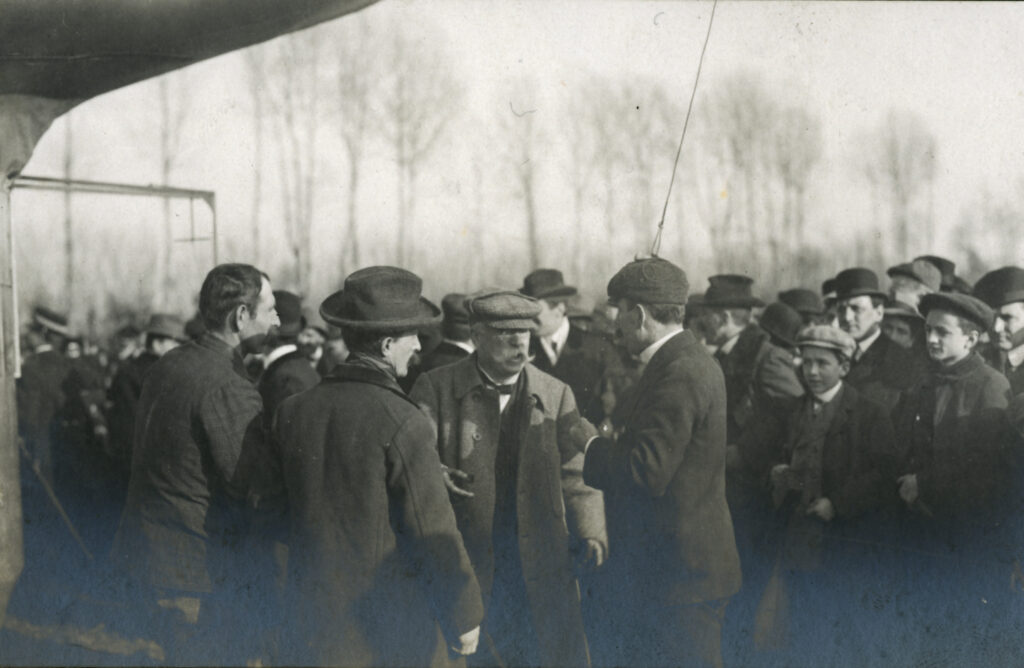
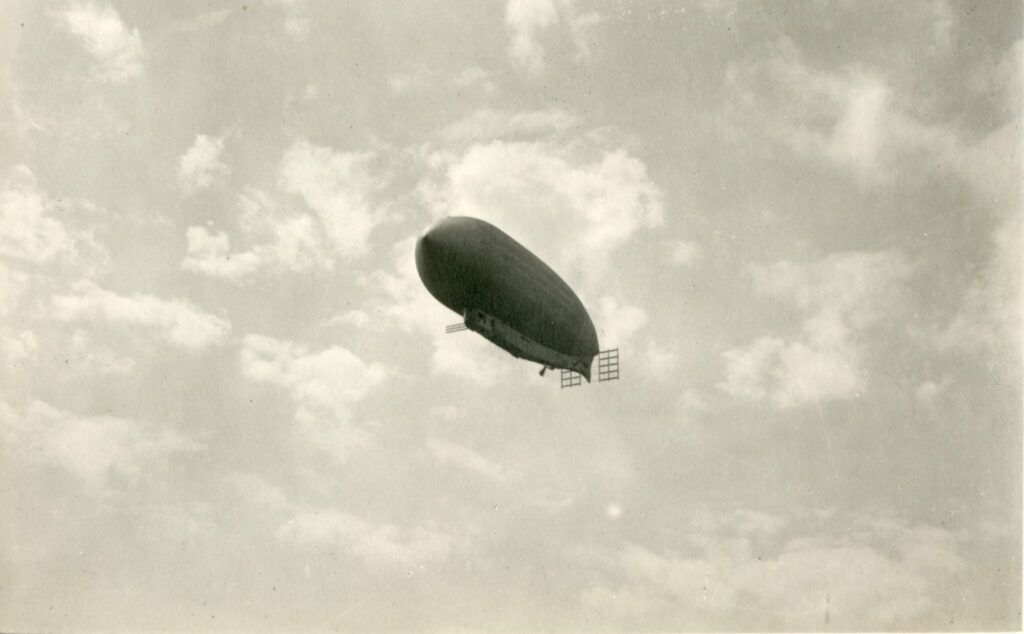
But Forlanini had another dream: to fly over water. He therefore set to work testing small, unstable aircraft tied to a boat on Lake Maggiore. His genius teamed with research and experimentation led to him submitting the first hydroplane patent in 1906. It was the descendant of the hydrofoil: weighing in at 1,650 kg, it had a 75 HP Fiat engine, two counter-rotating propellers and 5 wooden blades, a maximum speed of 70 km/h and managed to rise 50 cm above the water.
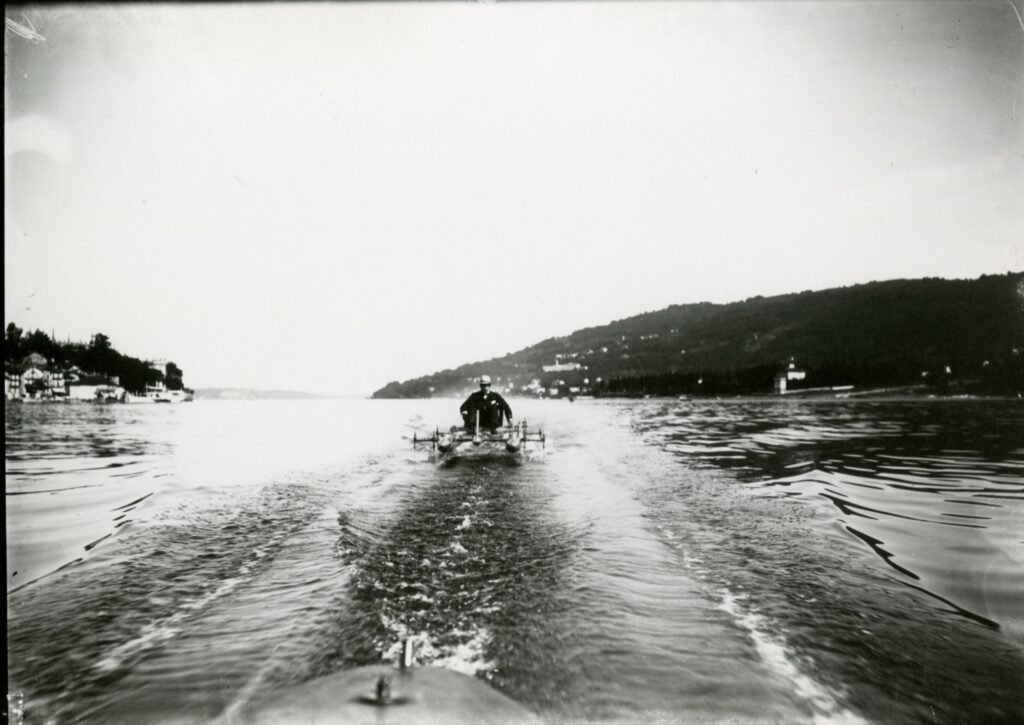
Enrico Forlanini’s career has therefore been characterised by research and experimentation. Sometimes failing, but always stubbornly pursuing his dreams, he always ‘reached his goal’. His teaching and his achievements have marked and written the history of aeronautics on an international level. Milan has dedicated Linate City Airport to him, together with the avenue leading to it, the adjacent park and an entire building on the Politecnico di Milano Bovisa Campus where the Department of Aerospace Science and Technology (DAER) is based.
